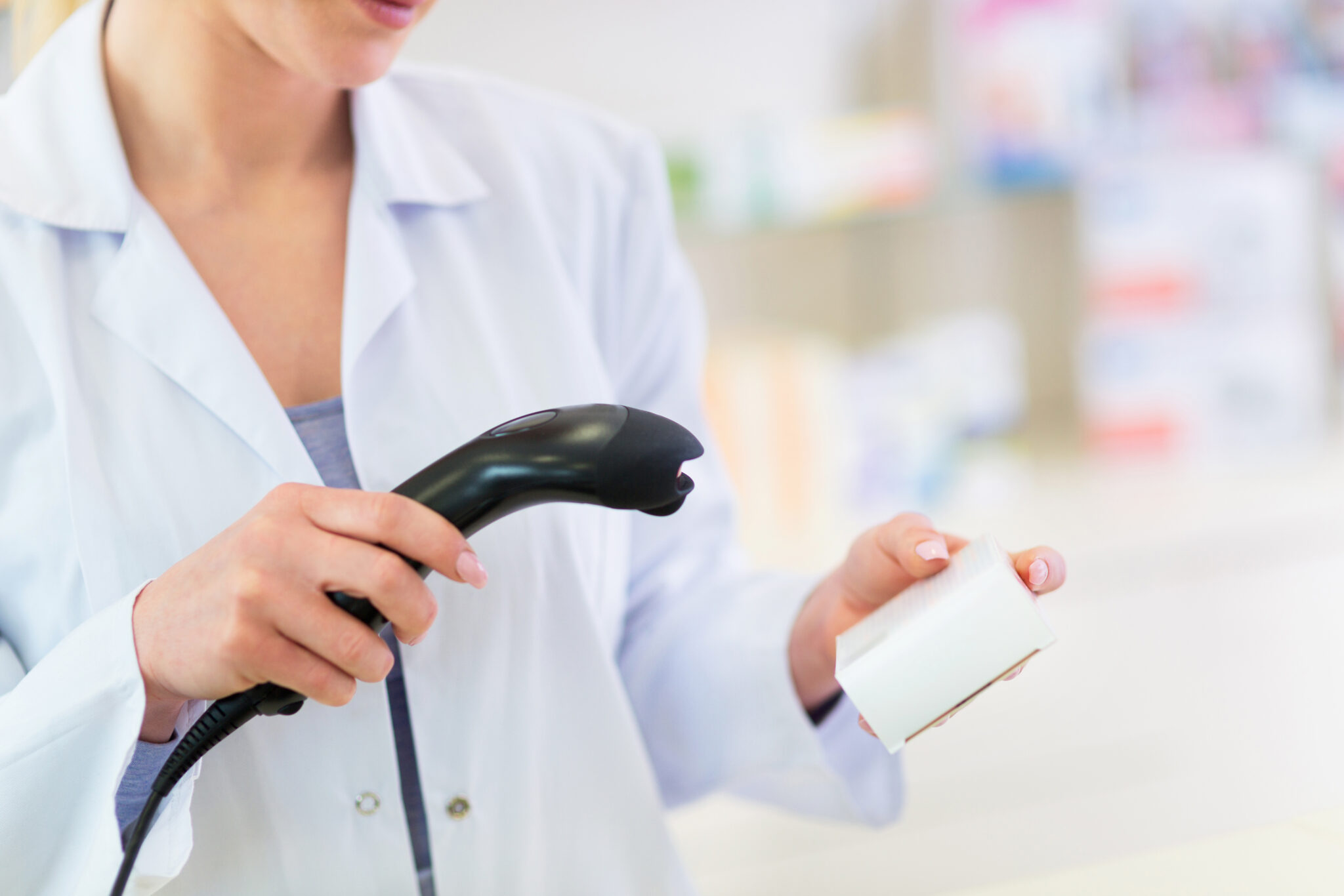
AV Group, which has a long history of working with the National Association of Boards of Pharmacy, extends its commitment to DSCSA compliance by joining the Partner Program.
Travagliato (Brescia), August 29, 2023. Antares Vision Group, an Italian multinational and a leading provider of track and trace and quality control systems, today announced that it has partnered with the National Association of Boards of Pharmacy® (NABP®) through the Pulse Interoperable Partner program. This new initiative aims to accelerate interoperability in the drug supply chain by providing a framework for solution providers to integrate directly with Pulse by NABP™, an inclusive, accessible, and secure digital platform that simplifies the process of achieving Drug Supply Chain Security Act (DSCSA) compliance.
Nearly 10 years ago, the DSCSA was enacted to ensure the safety of the U.S. pharmaceutical supply chain. The law, which has a deadline of November 2023, requires cooperation and interoperability among a wide range of industry stakeholders and solution providers. As the deadline approaches, these actors must continue to work together to ensure they will meet the complex requirements of the DSCSA.
NABP has been and will continue to be a key stakeholder in the DSCSA effort, representing the needs and interests of state regulators. This includes Pulse by NABP, which facilitates DSCSA compliance across the supply chain by providing additional functionality and data required to ensure seamless interoperability among participants. Antares Vision Group, through rfxcel technology, recognizes the importance of NABP’s contributions and is proud to be the first solution provider to sign up for this partner program.
“We have been working with the NABP for years and have watched their continued commitment to the DSCSA effort,” said rfxcel Senior Vice President of Product and Strategy Herb Wong. “Their involvement offers critical insight into the needs of the state boards of pharmacy and the small dispenser community and reflects the feedback that we’ve been hearing from our customers. We are excited to participate in the Pulse Interoperable Partner Program to ensure safe pharmaceuticals for patients and consumers.”
”Antares Vision Group became the first solution provider to be a Pulse Interoperable Partner, signing on within hours of the program being announced at NABP’s recent Interoperability Summit,” said NABP Executive Director/Secretary Lemrey “Al” Carter, PharmD, MS, RPh. “They have been an ardent supporter of Pulse and we’re delighted to continue the collaboration to secure the prescription drug supply chain and protect public health.”
For more information, contact Herb Wong, senior vice president of product and strategy, at hwong@rfxcel.com.
About Antares Vision Group
Antares Vision Group is driving digitalization of products and supply chains by leading traceability, inspection, and integrated data management. AV Group helps companies and institutions to achieve safety, quality, efficiency, and sustainability, enabling Trustparency®.
DIAMIND, AV Group’s integrated ecosystem of solutions, simplifies the technology environment and supports businesses’ growth by enabling a data-driven and tailored journey to digital innovation. Connecting physical products with digital identities, DIAMIND runs at the line, factory, warehouse, enterprise, and supply chain levels, and helps guarantee product quality (inspection systems and equipment) and end-to-end traceability (from raw materials to production, from distribution to the consumer and back) through integrated data management.
AV Group operates in the life science (pharmaceuticals, medical devices, and hospitals), beverage, food, cosmetics, chemicals, and packaging industries and potentially many others.
AV Group has been listed in STAR segment of Euronext since May 2021 and has been included in the Euronext Tech Leaders index, dedicated to leading tech companies with high growth potential, since July 2022.
In 2022, Antares Vision Group recorded a turnover of €223 million. The Group operates in 60 countries, employs more than 1,300 people, and has a consolidated network of over 40 international partners. To learn more, please visit antaresvisiongroup.com and rfxcel.com.


